As you grow older, your vision, just like your body in general, tends to deteriorate. Of course, you can take steps to ensure that both stay healthy for as long as possible, but the majority of us will suffer from some or the other eye problems sometime in our lives. We’ve already covered how frequently you need to get your eyes checked, so here we’re going to tell you about the sort of problems you might face with age. If you think that you’re already facing some of these problems, whether you’ve crossed the age of 40-45 or not, it’s high time you take drastic measures to ensure that your vision doesn’t get even worse.

So most of us are probably aware of the common problems like nearsightedness and farsightedness, but there’s actually far more problems one can face as they grow older. Just like any other part of your body, your eyes tend to get weaker, causing imperfect vision. Here’s the most common eye problems seen around the world, in both young and old people:
- Myopia: Commonly known as nearsightedness, it is a condition in which distant objects and/or text is not visible clearly.
- Hypermetropia: Commonly known as farsightedness, it is a condition in which objects and/or text close by is not visible clearly.
- Astigmatism: Astigmatism is a condition in which vision is blurred due to an irregular curvature of the cornea or lens. Because of this, the eye cannot focus on an object clearly or create a clear image on the retina.
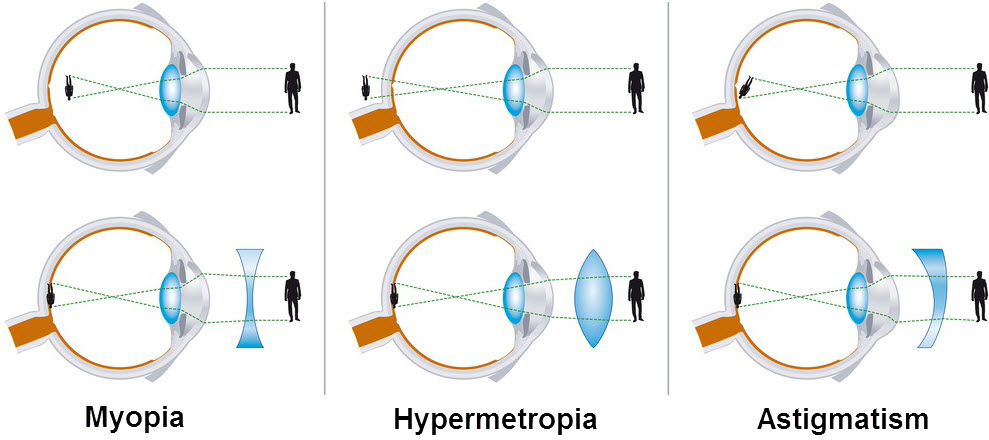
Now, as you get older, these are the problems you might face
- Presbyopia: Usually seen in people over the age of 40, presbyopia is a condition in which the eye lens loses its flexibility and ability to move focus from near to far objects or vice versa. Presbyopia sufferers find difficulty in properly seeing objects and/or text that are both far and near, so usually require bifocals or progressive lenses. It is one of the most common eye problems seen around the globe.
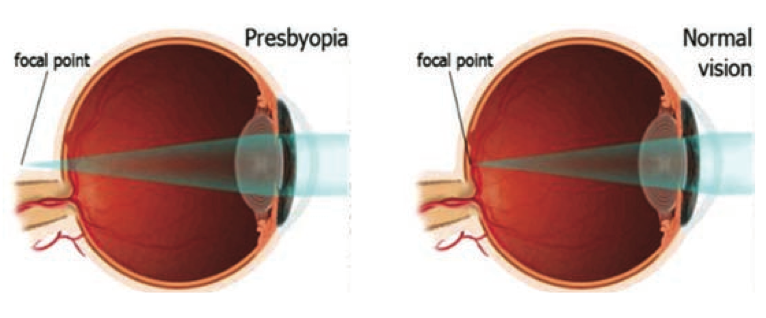
- Cataracts: Cataracts are an opaque buildup that cover a part of, or the complete eye lens. This opaque layer stops light from entering into the eyes, and basically causes blindness, if it completely covers them. They’re usually painless, and are caused by protein buildup that slowly gets larger and larger until it impairs vision. Cataracts can be removed by surgery.
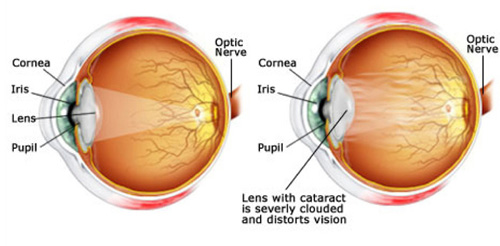
- Glaucoma: Another one of the most common vision defects seen in the elderly, glaucoma is the name given to a condition in which the optic nerve is damaged due to excessive fluid pressure inside the eye. If not treated early, it can cause permanent vision loss. It can also be caused by injuries, infections or physical trauma. Like cataracts, they can manifest painlessly, so eye checkups are absolutely necessary, especially for high risk groups.

- Floaters: Not to be confused with the innocent looking small objects you see when you rub your eyes, floaters are spots, specks or objects that ‘float’ across the field of vision even in broad daylight. An increased number of floaters, accompanied by flashes of light can indicate serious problems such as retinal detachmen
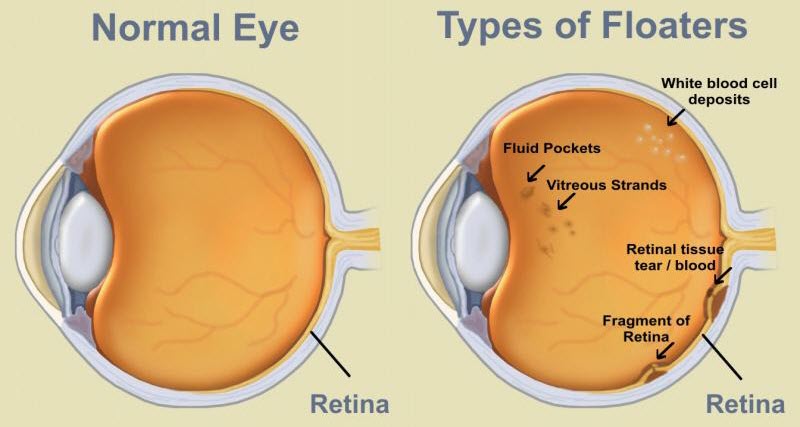
- Age Related Macular Degeneration (AMD): Macular degeneration is a condition which can cause loss of vision or blindness due to a damaged retina. Since the loss of vision is in the center of the field of view called the macula, it is named such. People with macular degeneration will find it almost impossible to perform any daily tasks such as reading, driving, eating or anything else, because of the loss of vision in the most crucial part of the eye. Elderly folk, above the age of 75, are at the highest risk of developing it.
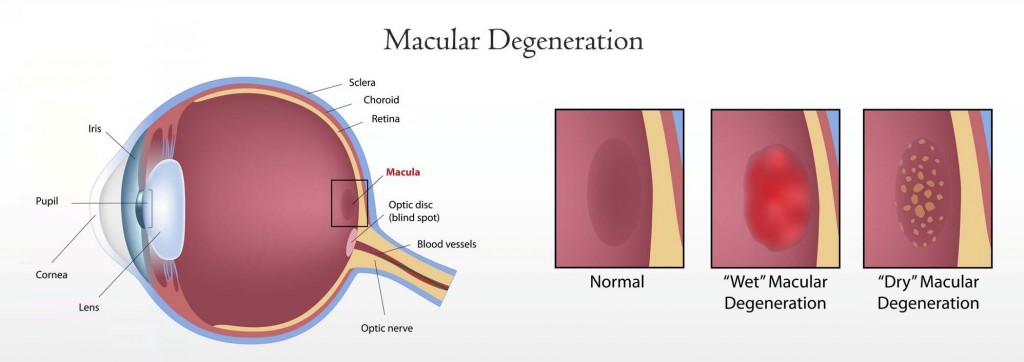
- Diabetic Retinopathy: As the name suggests, diabetic retinopathy is a condition caused by diabetes. It is an effect of diabetes, which causes changes in the retinal blood vessels. These vessels may either grow, shrink, tear or bleed, causing retinal detachment. It is characterized by shadows and dark objects in your vision, as well as by blurred, imperfect or distorted vision. Diabetic retinopathy has no cure as such, the only way to stay safe is prevent retinal damage while it’s still possible.
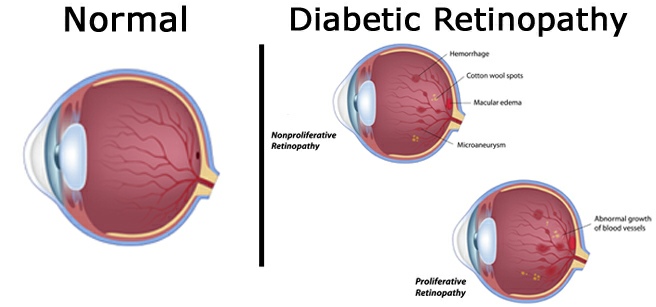
Don’t Miss Best Eyeglasses for your Eye Problems
So those were the eye problems you can face as you get older. It’s always a good idea to get regular checkups done because some of these problems can’t be treated once they reach a certain stage, and at that stage, it could mean blindness or total loss of vision, which is obviously something you don’t want. Regular checkups ensure that you know what problems might come up in the future, so that you can take evasive measures when they are still effective. You don’t want to end up totally blind because you skipped a few checkups, do you?
Image Credits: tapgenes.com, stmarkseyeinstitute.com, drwtownsend.com, precisionfamilyeyecare.com, thurj.org, centerforsightnny.com, murdocheye.com.au, texasfamilyeyecare.com
